Blood Cultures of Unvaccinated Blood Shows Extensive (CDB) Filament Development After 2 Weeks Incubation- Ana Mihalcea, MD, PhD In Conjunction With Clifford Carnicom
By Ana Maria Mihalcea, MD, PhD
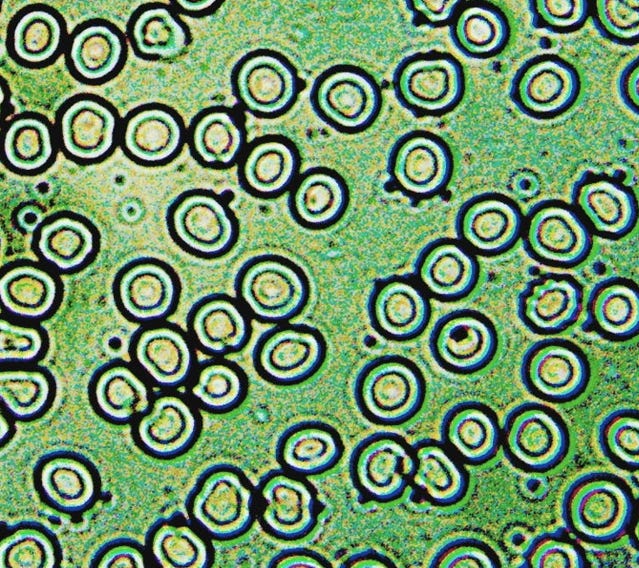
Image 1: Unvaccinated live blood analysis Subject 1 – prior to incubation at room temperature for 2 weeks
This is the next set of results in Clifford’s and my effort to answer the question: What happened to humanities blood?
We are conducting different experiments in order to answer the question if there is a quantifiable difference between C19 vaccinated and unvaccinated blood. Remember we showed the unvaccinated normal blood prior to exposing it to a low level electrical field. I described the experiment and results in this article:
This same unvaccinated blood sample was incubated at room temperature and left for two weeks. The concentration of the solution was 50% water and 50% unvaccinated blood. In previous historical CDB culture work, time has appeared to be a substitute for external energy sources – producing similar effects. The growth of the filaments can be induced rapidly by exposure to electrical currents. In a culture, the filaments grow over time.
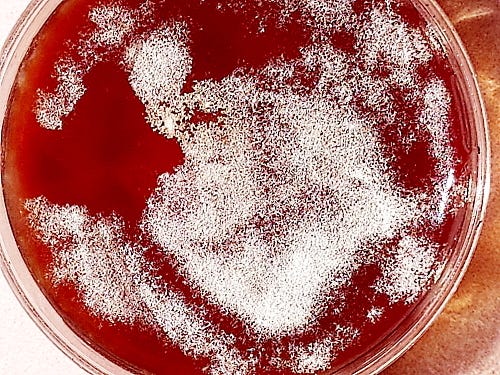
Image 2: Unvaccinated blood left at room temperature for 2 weeks.
Please note that these in appearance are the same white filaments that have been found from environmental sources via geoengineering spraying.
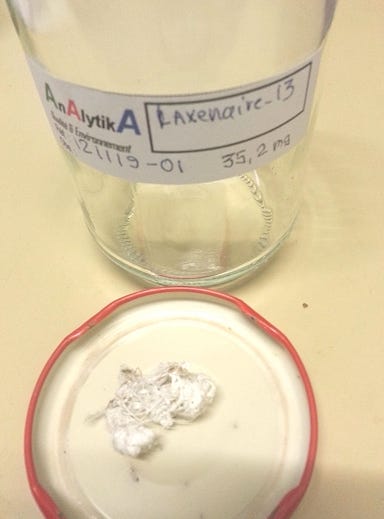
Image: Environmental filament sprayed via geoengineering projects prior to analysis from France
Please see full discussion of chemical analysis and commonalities with C19 Pfizer lipid nanoparticle ingredients:
In the culture work, no additional growth agar was used, just blood and water. A white filament growth is clearly seen. Historically, the environmental filaments can appear pure white, red, or blue. The colors have been surmised by others to be caused by quantum dot technology.
Historically, in the CDB (Cross Domain Bacteria – Clifford’s term for this new synthetic life form that has features of bacteria, eucaryotes and archaea, has a hydrogel structure with metals encapsulating synthetic blood and DNA) culture work, red wine was used as a growth medium, as it has been showed to greatly enhance filament growth. Hence the red wine test was developed- which includes the swishing of wine in the mouth and analysis of filaments excreted by the body that are clearly visible.
In Clifford’s thirty years of research experience, this was the first time that a pure blood culture was performed and phenomenal novel observations took place.
The above white filaments look like this under the microscope:
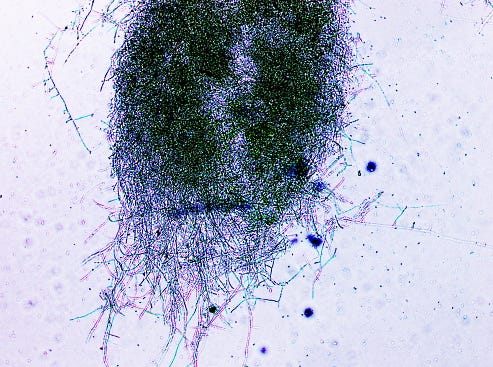
Image 3: 160x magnification of filament network formed in unvaccinated blood after 2 weeks of blood culture at room temperature
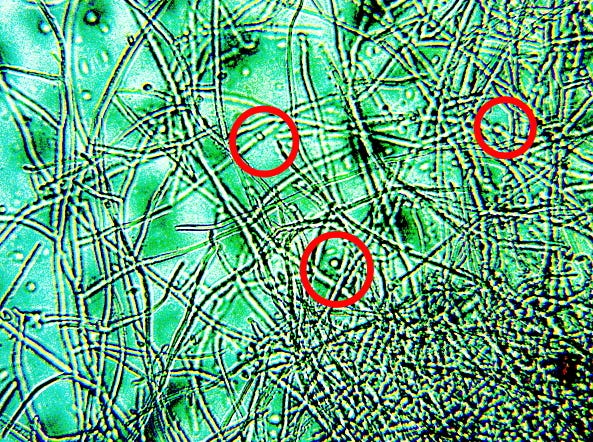
Image 4: 640x magnification of the filament network. Circled in red are CDB classical findings
From a historical perspective of Clifford’s work, the CDB’s isolated are the origin of genesis of the filaments. The linear self assembly of this synthetic biology is leading to the filament progression. Filaments and CDB coexist.
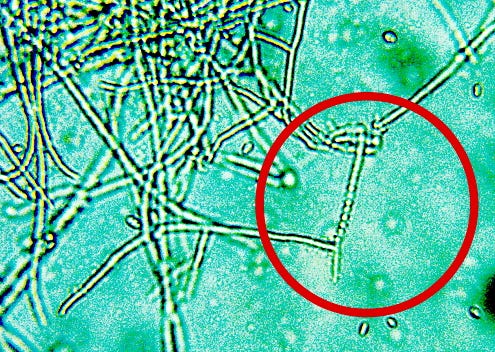
Image 5: 640x magnification of linear self assembly.
Self assembly does not have to be a synthetic biology feature, it is known mechanism of growth in biology. For example, DNA has a self assembly mechanism.
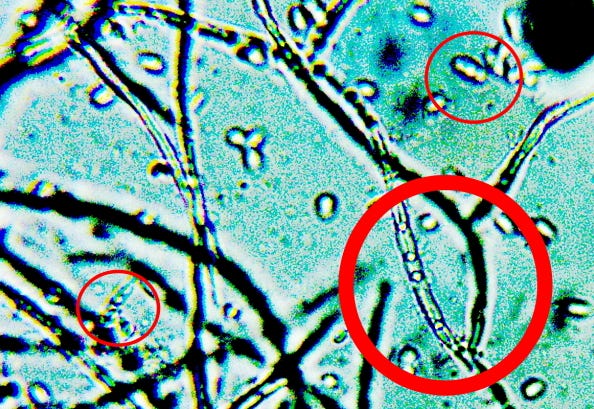
Image 6: 1500x magnification. CDB visible within the filaments in the large circle. Smaller circles show CDB’s. Estimated size of CDB’s is 1/2 micron.
In the smaller circle of Image 6 Clifford captured for the first time in 30 years of research cellular division and multiplication of CDB’s. This is a classical biological feature of bacteria. It became evident is this series of experiments that the culture media affects the final product of growth, and that blood is a perfect culture medium for this synthetic biology, as compared to historically used agars.
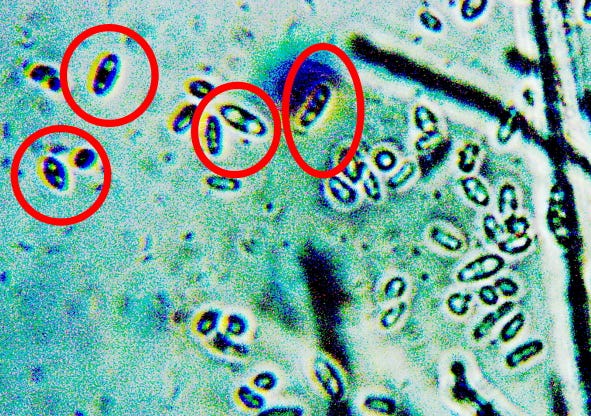
Image: Magnification 1500x. The red circles capture cell division.
In this blood medium cell division was seen by the thousands. This is not a rod but binary fission.
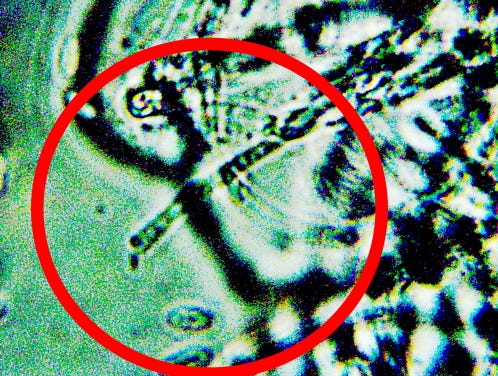
Image: Magnification 1500x. The Filament is packed with CDB
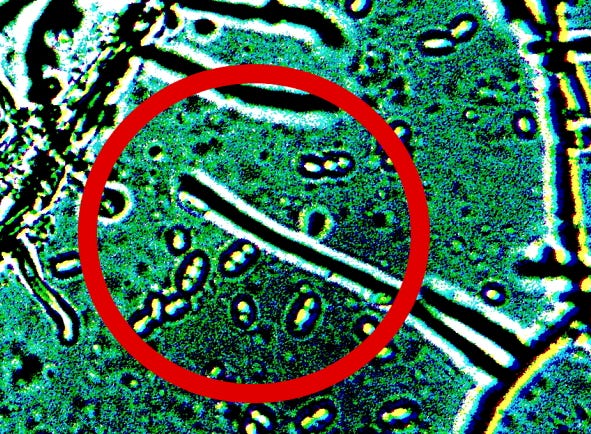
Image: Magnification 1500x. Replication division captured with CDB seen and filament growth documented.
Summary:
In these new experiments, we documented CDB filament growth after two weeks of incubation at room temperature of unvaccinated blood. New important discoveries are that unvaccinated blood that appears to be normal still has CDB in them promoting filament growth. Time appears to have similar results as application of electrical current. For the first time, cellular division was captured.

Original source: https://anamihalceamdphd.substack.com/p/blood-cultures-of-unvaccinated-blood?utm_campaign=post


